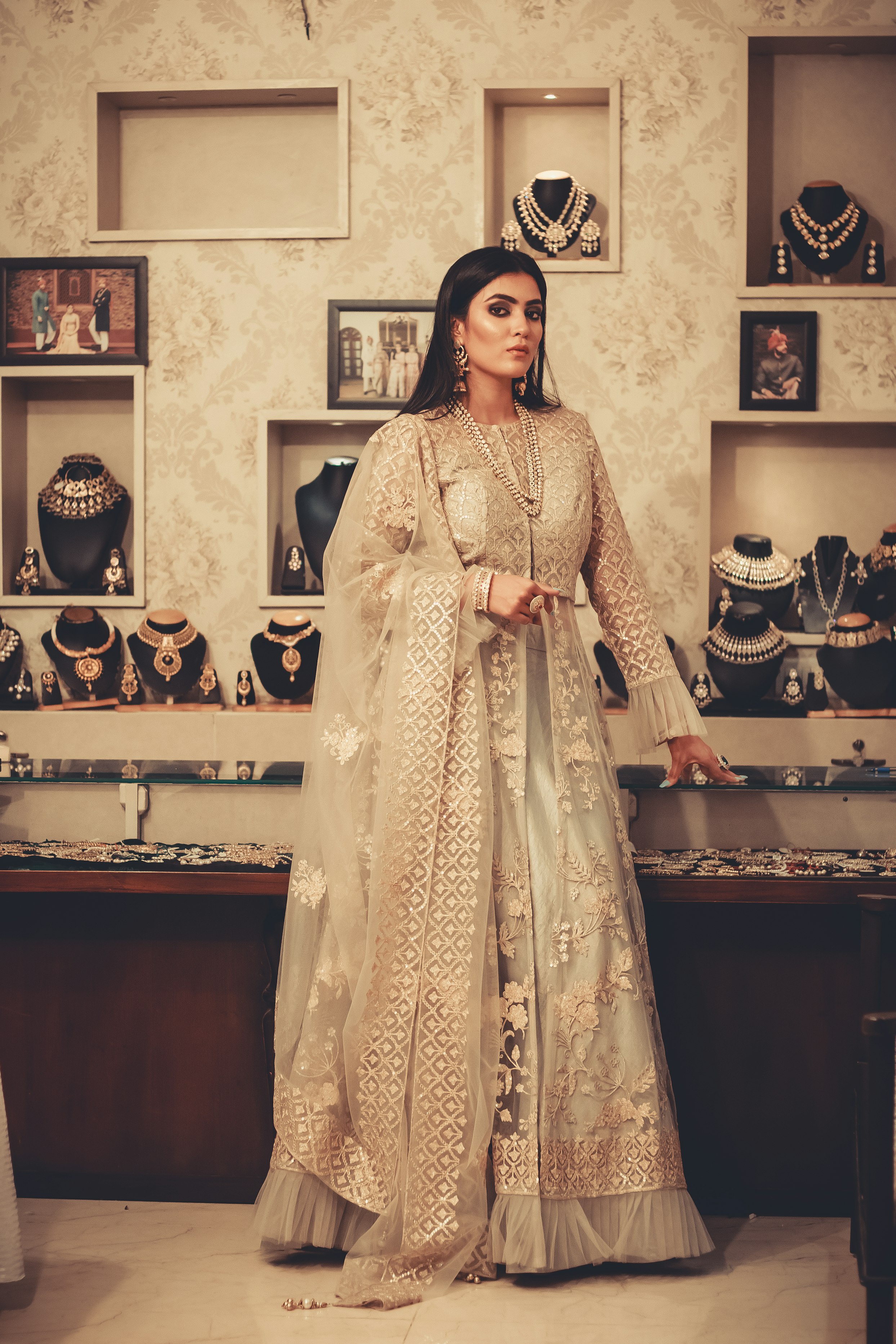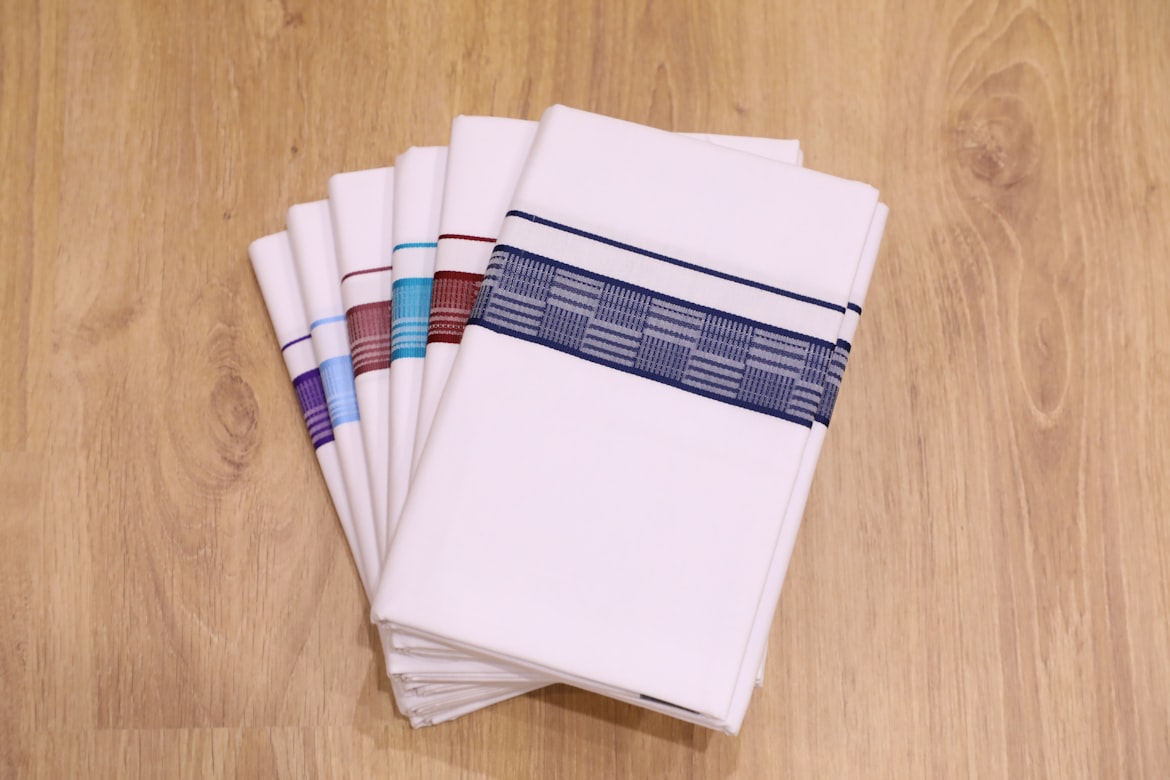India is a country of diverse cultures and traditions, which reflects in the way they dress. Ethnic wear in India is a traditional attire that showcases the rich heritage and culture of the country. The beautiful and vibrant colors, intricate embroidery, and traditional fabrics make it a treat to the eyes. By wearing ethnic wear, people in India are not just dressing up, but they are also paying tribute to their ancestors’ cultural roots. If you are new to the country or planning to visit soon, it’s essential to have a basic understanding of the various styles of ethnic wear available in India. This beginner’s guide will help you navigate and appreciate the beautiful world of Indian ethnic wear.
Indian ethnic wear gives a sense of elegance and beauty to every person that wears it. However, for non-Indians, it can be overwhelming and challenging to understand the kind of outfit that would suit them the best. There are so many styles to choose from, and each has its unique style & history. For instance, many might confuse sarees with Lehengas and Anarkali suits with Salwar kameez. Therefore, it’s essential to know the difference between each type of ethnic wear and when to wear them.
While each region of India has its unique style of ethnic wear, there is one thing that binds them together, and that’s the art of hand embroidery. India is famous for its traditional handicrafts, and hand embroidery is one of them. The intricate detailing and artwork that go behind making each attire are astounding. However, with the advancement of technology, machine embroidery has become increasingly popular. It saves time and is budget-friendly. But if you’re looking for an outfit that has the charm and authenticity of traditional embroidery, it’s best to opt for handcrafted outfits.
The most common attire worn in India is Salwar kameez, also known as Punjabi suits. It’s a combination of a top, loose-fitting pants, and a scarf. Though it’s the most commonly worn attire, it’s not the only one. For instance, sarees are a traditional outfit worn by women in India. They are six yards long and are draped in different styles across different regions of India. Lehengas are a form of long skirts with intricate threadwork and a blouse or crop top to finish the look. Anarkali suits are known for their flared gowns and are perfect for occasions like weddings and festivals.
Regardless of the style of ethnic wear you opt for, always remember to accessorize it with traditional jewelry, like bangles, necklaces, and earrings. Indian ethnic wear, with its rich history and beautiful crafting, is a beautiful sight to behold. It’s essential to respect the roots of the outfit by doing it the right way. With this beginner’s guide to ethnic wear in India, you can now make an informed decision and appreciate the beauty of way of dressing that showcases the rich heritage of the country.
Introduction
The diversity of India reflects in its ethnic wear too, where every region has its unique clothing style. Ethnic clothing not only represents Indian culture and tradition but also adds an element of grace to the personality of any individual. This, however, can be a bit overwhelming for beginners to wear ethnic clothes. So, here’s a beginner’s guide for ethnic wear in India.
Types of Ethnic Wear
There are many types of ethnic wear in India, some are exclusive to certain regions or festivals, while some are more common. For women, sarees, salwar-kameez, lehenga-choli, and kurta-palazzo, are the most popular ethnic wear. For men, kurta-pyjama, dhoti-kurta and sherwani are the most popular options. Additionally, there are also ethnic accessories like dupatta, mojari, and jhumka that can add an extra zing to your outfit.
Selecting the Right Fabric
While selecting ethnic wear, one of the most important things to consider is the fabric. In India, the weather can vary from hot and humid to cold and dry, so choosing the right fabric is essential for comfort. Some common fabrics used in ethnic wear include cotton, silk, chiffon, georgette, and velvet. Cotton is best for hot and humid climates, while silk and velvet are ideal for winters. Georgette and chiffon are lightweight fabrics, best suited for summer occasions.
Choosing the Right Colors
India is a country of vivid colors, and ethnic wear is known for its bold and bright colors that bring joy and elegance. Depending on the occasion, one can choose bright or pastel colors. However, the choice of color does also depend on one’s skin tone, as some colors may not look good on everyone. Generally, bright colors like red, orange, and yellow are best suited for the festive season, while pastel colors like pink, blue, and green can be used for formal events.
Accessorizing Ethnic Wear
One can add an extra oomph to the ethnic wear with the right accessories. Women can accessorize sarees with bangles, necklaces, and jhumkas, while men can opt for a watch or a bracelet. Additionally, ethnic wear pairs well with traditional Indian footwear like mojari, juttis, or kolhapuri chappals. A dupatta can also be draped in different styles over your ethnic wear for a more elegant look.
Caring for Ethnic Wear
Proper care is essential to maintain the quality and longevity of ethnic wear. Some fabrics like silk require dry cleaning, while cotton can be hand washed. Always read the care instructions on the label before washing them. Folding and storing ethnic wear is also critical as some fabrics, when left folded for a long time, can get creased, and the print or embroidery can fade. It is best to hang them on a hanger or fold them neatly and store them.

FAQ
What is ethnic wear in India?
Ethnic wear in India refers to traditional clothing that is worn by men and women on various occasions. This clothing is diverse and varies from region to region, with unique designs, fabrics, and styles. Some common examples of ethnic wear are sarees, lehengas, salwar kameez, kurtas, dhotis, sherwanis, and more. These outfits are often made of silk, cotton, or other natural fabrics, and are adorned with intricate embroidery, prints, or embellishments that represent the rich culture and heritage of India.
What occasions are suitable for wearing ethnic wear?
Ethnic wear is appropriate for various occasions such as weddings, festivals, religious ceremonies, and formal events. For example, women often wear sarees or lehengas to weddings, while men wear sherwanis or kurtas. For festivals such as Diwali or Navratri, women opt for colorful salwar kameez or churidar suits, while men wear traditional dhotis or kurta pajamas. Students may also wear ethnic wear for school functions such as annual day or traditional day. Ethnic wear adds an element of class and elegance to any event, and there is a wide variety of options to choose from depending on the nature of the occasion.
How do I choose the right ethnic wear for my body type?
Choosing the right ethnic wear for your body type is important as it can enhance your appearance and make you feel confident. For example, if you are short, it is best to avoid long, flowing skirts or loose-fitting pants as they can make you look even shorter. Instead, opt for fitted clothing that accentuates your curves. On the other hand, if you are tall, you can experiment with different styles and lengths to find what works best for you. You can seek the assistance of a stylist or ask for advice from someone with experience in picking the right ethnic wear.
How do I accessorize ethnic wear?
Accessorizing ethnic wear is important as it can add flair and personality to your outfit. Women can opt for jewelry such as earrings, necklaces, and bangles, that complement the color and design of their outfit. For example, if you are wearing a heavily embroidered salwar kameez, you can opt for simple and elegant jewelry to balance out the look. Men can accessorize with traditional shoes or mojaris, and a stole or dupatta. Additionally, hair accessories, such as a maang tikka for women or a turban for men, can add a touch of elegance to your outfit. It is important to not over-accessorize, but to use accessories to enhance and accentuate your ethnic wear.




